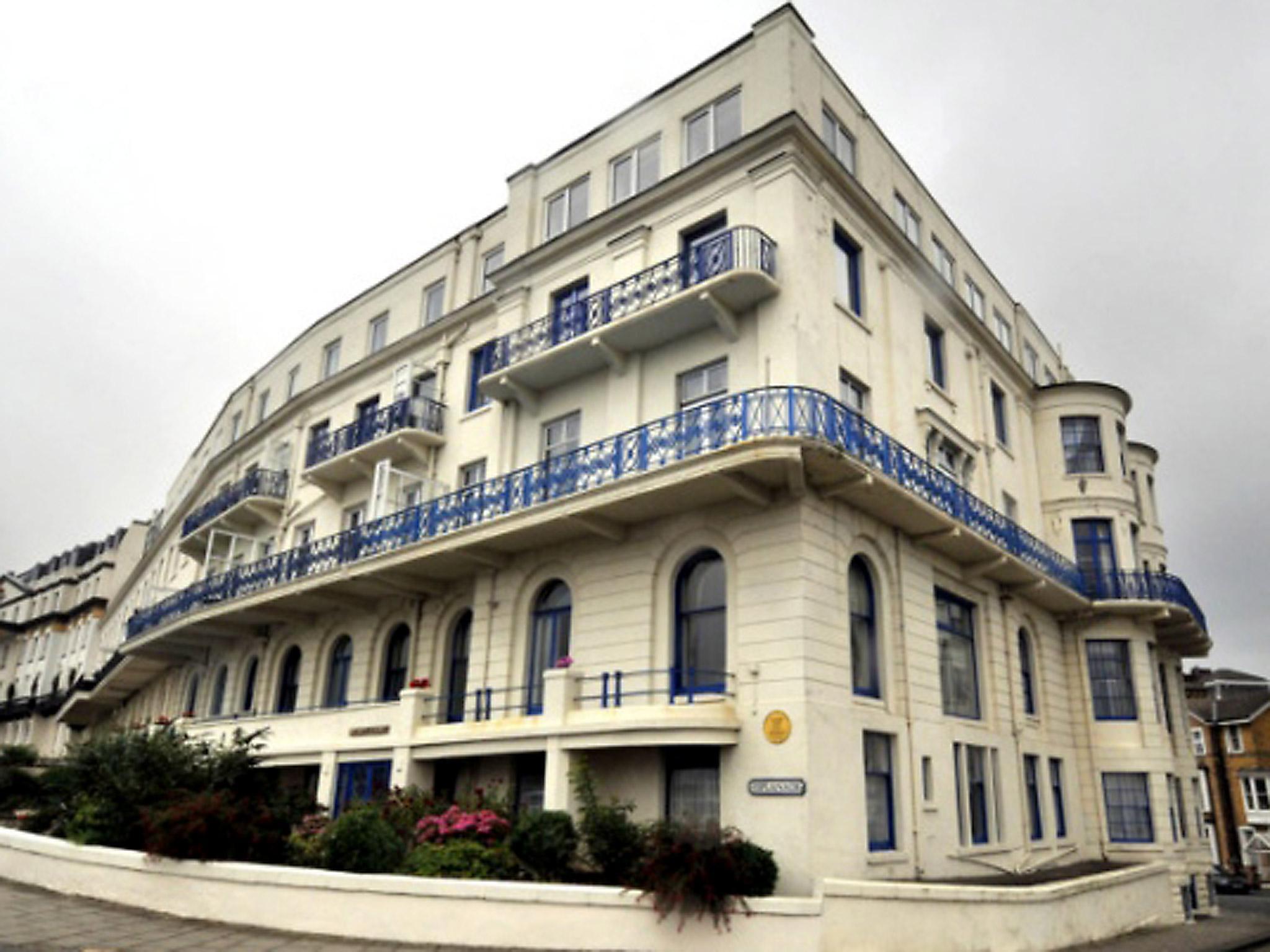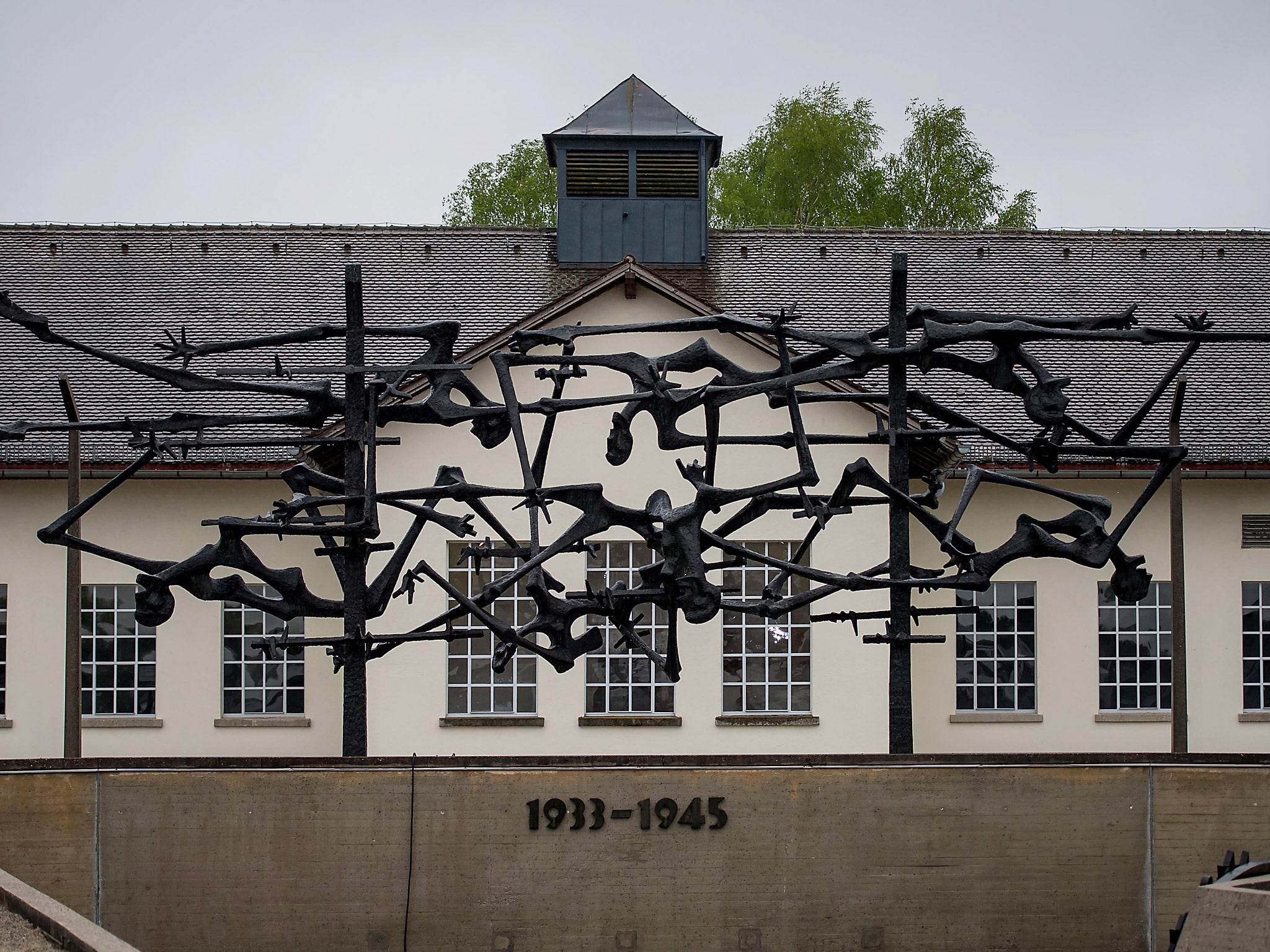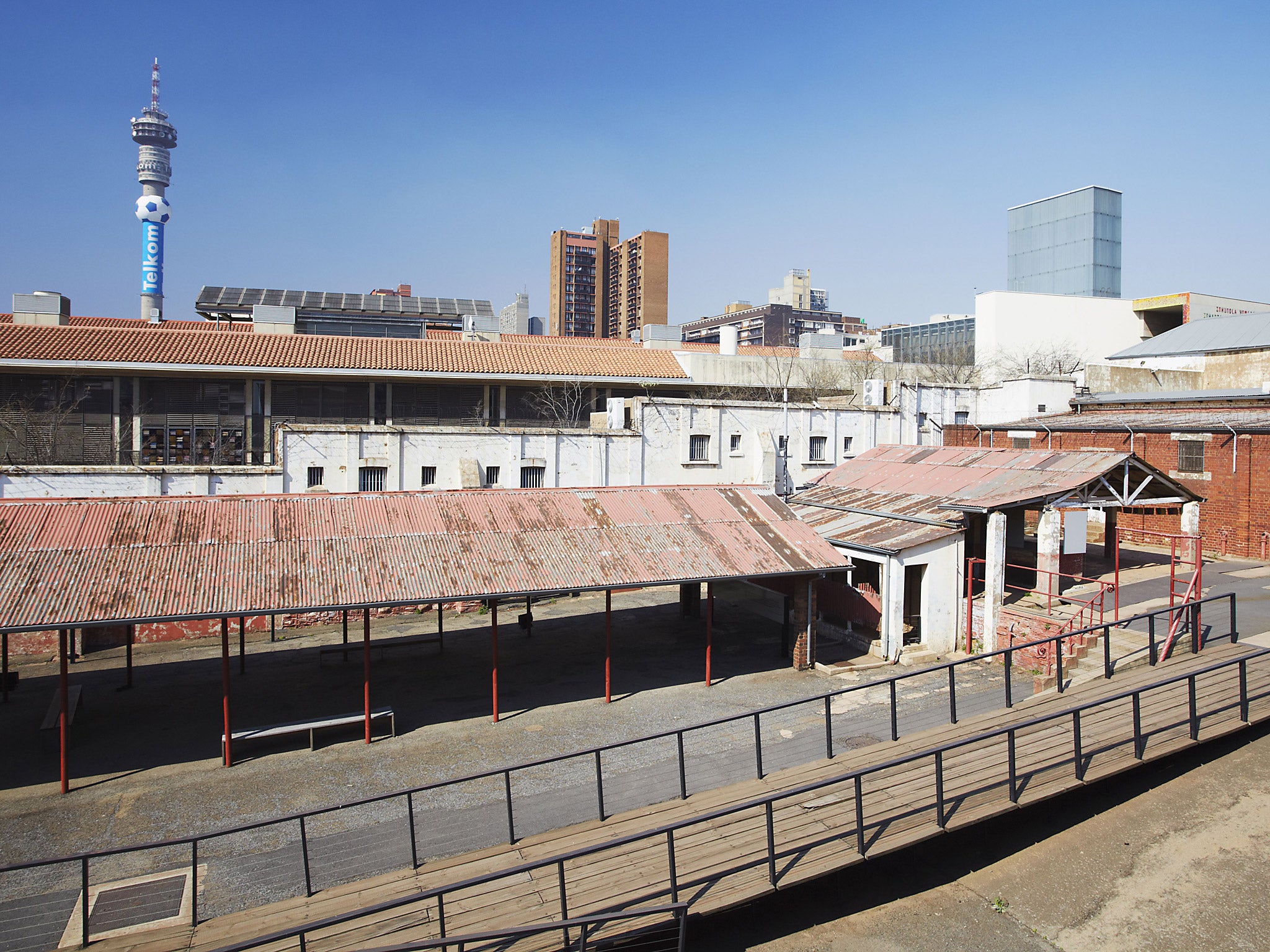As Jimmy Savile’s flat is demolished, we shouldn’t always erase buildings with horrible histories
When a building becomes known for the horrifying acts that happened there, it makes sense to want to see it erased. But as Ana Souto writes, that shouldn’t always be the case

The horrors committed by Jimmy Savile are now known around the world. Among the places that it was suspected – although unproven – that he took advantage of his position and abused people was his Leeds penthouse, which was recently demolished by its new owners. Although the flat reportedly was in poor condition – and planning permission has been granted for a new apartment to replace it – one could argue that the memories associated with Savile would make it unlikely that the old property could have been rented or sold on for its real value.
Buildings associated with some crimes can be seen almost as the perpertrator’s accomplice in the public eye. Some are found guilty of housing them – and demolished. But can architecture really be blamed for vile acts that take place in and around it? And can buildings atone and be reused?
When we look back at history through the built environment, some architecture with a harrowing history has survived and been adapted to new uses, with altered meanings and memories. After the conquest of Mexico, for example, the Spaniards built churches and monasteries on top of pre-Hispanic pyramids, recycling sacred meanings and customs instead of creating new ones from scratch.
The imposition of new cultures, religions, languages and customs was performed in parallel to the destruction of earlier ones. And yet, when we visit these sites today, the buildings help us to read the past and its layers, built with different materials, styles and intentions. They become part of the tourist trail, and even though they trigger conflicting emotions, we are able to distance ourselves from those horrible memories. The tragedy of the almost complete annihilation of the Aztec civilisation, for example, has over time been diminished by the construction of new narratives and identities, such as those of colonial Mexico. Add distance (in time) and new meanings will emerge in architecture.

In September 2015, Dachau Concentration Camp received a new influx of people. The former Nazi camp, which has since become a memorial site to the 200,000 people imprisoned and tens of thousands murdered there, is now home to refugees, fleeing a 21st century terror. The solution may seem surreal to many of us, but the possibility of this site to support life rather than to distort it, seems a positive one. “I just wanted a roof over my head,” Ashkan, one of the refugees said. Add pressure – there were 800,000 refugees in Germany in 2015 – and architecture will evolve to fulfil new purposes.
Raw memories
Politics and more controversial historical figures can also determine the future of the built environment. What about the house Adolf Hitler was born in, for example? The Austrian government is tearing it down to prevent neo-Nazis using it as a pilgrimage site, but how will the disappearance of such a building (where Hitler only spent his first three years of life) reshape Austria’s Nazi past? The fact remains that Hitler was an Austrian national, and erasing this particular space can’t change that.
Confronting difficult memories, however, can also help us to reflect on the past and promote a different future. The controversial Centre for Memory and Human Rights, located in a former detention centre (ESMA) in Buenos Aires, Argentina, recently received the UN Blue Shield recognition. This initiative recognises the importance of protecting symbolic architecture, especially in the context of armed conflicts.
Thousands of people were tortured and disappeared in ESMA – a clearly difficult past to come to terms with. And yet, protecting such a negative heritage could help to create a “permanent culture of repudiation” against acts that “must not happen again”, as Argentine Human Rights Secretary Claudio Avruj said at the opening ceremony. In this case, ESMA, despite standing on the spot where these horrible episodes took place, has become a vigilant watch guard, ensuring that the past is not repeated.
But would it be possible for this building to be used for something else? Could it possibly go back to its original function as the Higher School of Mechanics of the Navy? Would that be appropriate? Probably not. In this case, the location’s past requires that it is given a whole new – and more positive – purpose.

Last month, I visited Constitution Hill in Johannesburg, South Africa. It is the site of an infamous former prison, where Gandhi and Nelson Mandela spent long periods of their lives, and was recently converted into a memorial and museum. Appropriately, it is also now the site of the Constitutional Court, which protects human rights in the country.
I was there with a colleague from the UK, and we both had a very conflicting experience there. While visiting the remnants of the former prison, we could also hear in the background, a party, music and a stand-up comedian who was celebrating, with many others, Heritage Day. The juxtaposition between the building’s past horrors and the sound of people having fun in the same location was, to say the least, bizarre. But not necessarily wrong. In this case, the built environment provided a platform for promoting new and happy memories, conquering a terrible past by supporting a better present and future.
But returning to Savile and his penthouse: is British society ready to reappropriate locations associated with such obscene crimes? When it comes to properties such as the Cromwell Street home of serial killers Frederick and Rosemary West, or the Derby home where Mick and Mairead Philpott laid a fire that killed six of their own children, which were both demolished, perhaps we are better off erasing some parts of our history. It just shouldn’t always be the case.
This article was first published in The Conversation (theconversation.com). Ana Souto is a senior lecturer in Architectural History at Nottingham Trent University
Join our commenting forum
Join thought-provoking conversations, follow other Independent readers and see their replies
Comments
Bookmark popover
Removed from bookmarks